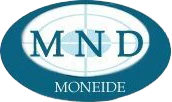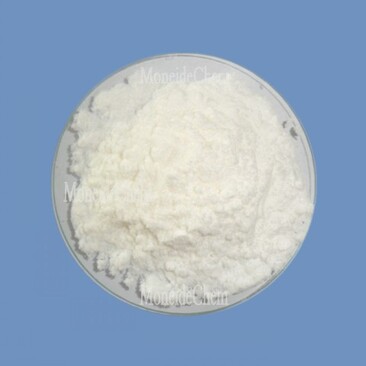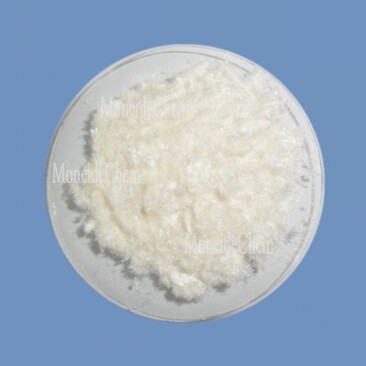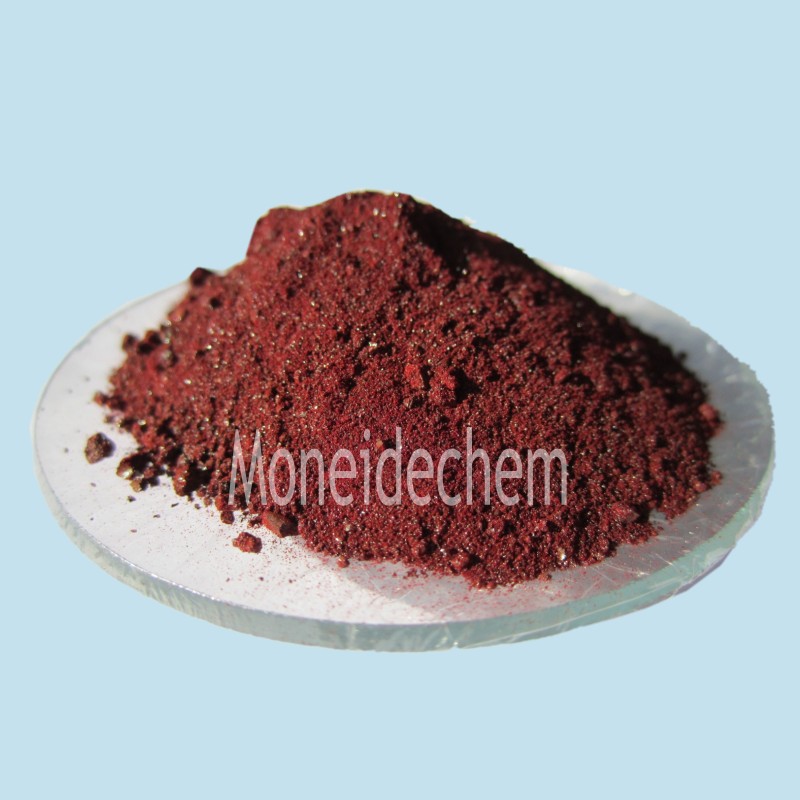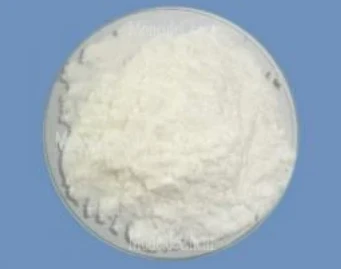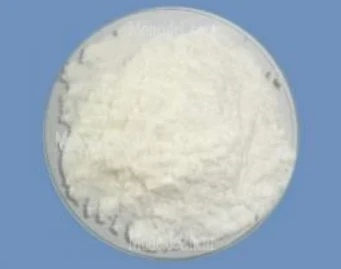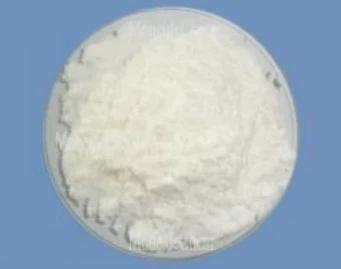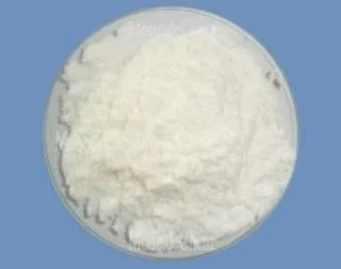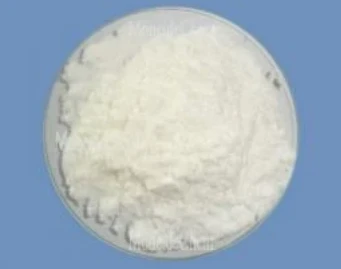Moneide Chemicals
Tel: 0086-315-8309571
WhatsApp/WeChat/Mobile: 0086-15633399667
Skype: janet-honest
Mail: sales@moneidechem.com
Address: 2-7-523 Jidong Building Materials Commercial Center, Tangshan, Hebei 064000 China
High-Purity 1 3 Dimethyluracil - Pharma Grade Supplier
- Time of issue:សីហា . 28, 2025 06:20
(Summary description)Tangshan Moneide Trading Co., Ltd. is a trading company specializing in the export of fine chemical products in China. Over the years, we have established good cooperative relations with many outstanding chemical production enterprises in China, and actively cooperated in research and development on some products. Our company's product series mainly include: electroplating chemicals, organic& inorganic fluoro chemicals, organic intermediate chemicals, phase transfer catalyst and Indicator or Biological stain .
- Categories:Company dynamic
- Author:
- Origin:
- Time of issue:2019-12-30 10:55
- Views:
In the intricate landscape of pharmaceutical and agrochemical synthesis, the demand for high-purity and versatile intermediates is paramount. 1 3 dimethyluracil, a key pyrimidine derivative, stands out as a crucial building block for numerous active pharmaceutical ingredients (APIs) and specialty chemicals. Its unique structural features, characterized by two methyl groups on the nitrogen atoms of the uracil ring, confer distinct chemical properties that are highly desirable for specific synthetic pathways. This compound's significance extends across various sectors, where it serves as a foundational component for developing advanced therapeutic agents and protective agricultural solutions. As a drug intermediate, its role in enabling the efficient and cost-effective production of complex molecules cannot be overstated, driving innovation in drug discovery and manufacturing processes globally. The market for bulk drug intermediates, including compounds like 1 3 dimethyluracil, is experiencing robust growth driven by several macro and microeconomic factors. Globally, the pharmaceutical industry continues its upward trajectory, fueled by an aging population, increasing prevalence of chronic diseases, and advancements in biotechnology. This, in turn, escalates the demand for sophisticated chemical intermediates. Regulatory pressures, particularly regarding product purity and consistency, also play a significant role. Manufacturers are increasingly seeking suppliers who can provide intermediates meeting stringent quality standards, such as cGMP (current Good Manufacturing Practice) guidelines, to ensure regulatory compliance and product safety. Key trends influencing this sector include: These trends collectively shape the operational strategies for producers and consumers of drug intermediates, pushing for greater innovation, efficiency, and adherence to quality. According to a report by Grand View Research, the global pharmaceutical intermediates market size was valued at USD 284.9 billion in 2022 and is expected to grow at a compound annual growth rate (CAGR) of 6.2% from 2023 to 2030, underscoring the strong market potential for compounds like 1 3 dimethyluracil. 1 3 dimethyluracil (Chemical Formula: C6H8N2O2; Molecular Weight: 140.14 g/mol; CAS Number: 874-14-6) is a dimethylated derivative of uracil, a fundamental component of RNA. Its molecular structure features a pyrimidine ring with two carbonyl groups at positions 2 and 4, and two methyl groups attached to the nitrogen atoms at positions 1 and 3. This methylation impacts its electronic properties, solubility, and reactivity, making it a versatile intermediate in organic synthesis. Understanding its precise technical parameters is crucial for its effective utilization in downstream processes. These specifications are critical for ensuring the consistent quality required for pharmaceutical and agrochemical applications, where even minor impurities can significantly impact the efficacy and safety of the final product. High purity 1 3 dimethyluracil minimizes the need for extensive purification in subsequent synthesis steps, leading to reduced production costs and higher overall process efficiency. The synthesis of 1 3 dimethyluracil involves a series of precisely controlled chemical reactions and purification steps designed to yield a product of high purity and consistency. While specific proprietary routes may vary, a common industrial approach often begins with a uracil precursor or a derivative that can be methylated. The primary starting material is often uracil itself or a readily available derivative like 6-chlorouracil, which provides a reactive site for subsequent functionalization. Reagents, such as methylating agents (e.g., dimethyl sulfate, methyl iodide) and bases (e.g., potassium carbonate), are carefully selected for their purity and reactivity. All raw materials undergo stringent incoming quality control (IQC) to ensure compliance with internal and international standards. Uracil or its derivative is reacted with the chosen methylating agent in a suitable solvent under controlled temperature and atmospheric conditions. This nucleophilic substitution reaction typically involves the alkylation of the nitrogen atoms in the pyrimidine ring. Optimized reaction parameters (temperature, pressure, stirring rate, reaction time) are crucial for maximizing yield and minimizing side product formation. This step requires precise control, often involving real-time monitoring of reaction progress using in-line analytical techniques. Upon completion of the methylation, the reaction is quenched to neutralize any unreacted reagents or by-products. This may involve adding water, acid, or base. The desired product, 1 3 dimethyluracil, is then extracted from the reaction mixture using appropriate organic solvents. Multi-stage liquid-liquid extraction processes are often employed to achieve effective separation. The extracted solution containing the crude product undergoes crystallization or precipitation. This is a critical purification step, where the product is isolated from impurities based on differences in solubility. Precise control over temperature, solvent composition, and cooling rates ensures the formation of high-purity crystals with desired particle size and morphology. The crystalline product is then filtered to separate it from the mother liquor. The filter cake is subsequently washed with a suitable solvent (e.g., water, organic solvent) to remove residual impurities adhering to the crystal surface. Vacuum filtration or centrifugal filtration techniques are commonly used. The wet cake is then dried under controlled conditions (e.g., vacuum drying, tray drying) to remove residual solvents to meet loss on drying specifications. Careful monitoring of temperature and vacuum ensures complete solvent removal without degrading the product. Drying is conducted until specified moisture content is achieved. The final dried product undergoes extensive quality control testing using techniques such as High-Performance Liquid Chromatography (HPLC) for assay and impurity profiling, Gas Chromatography (GC) for residual solvents, Karl Fischer titration for moisture content, and heavy metal analysis (ICP-MS). Products are tested against ISO 9001 and internal specifications. Only material meeting stringent quality parameters is approved for packaging into pharmaceutical-grade container111s, often in double-bagged, sealed drums, under inert atmosphere to maintain product integrity and shelf life. The entire process is conducted under cGMP conditions, ensuring traceability, reproducibility, and compliance with pharmaceutical industry standards. Emphasis is placed on robust process validation and continuous improvement to ensure consistent quality and optimize resource utilization. This meticulous approach guarantees a reliable supply of high-purity 1 3 dimethyluracil. The versatility of 1 3 dimethyluracil makes it an invaluable drug intermediate across a spectrum of advanced chemical and pharmaceutical applications. Its core utility lies in serving as a foundational heterocyclic scaffold for the synthesis of more complex bioactive molecules. As a pyrimidine derivative, 1 3 dimethyluracil is pivotal in the synthesis of various pharmaceutical compounds. It serves as a precursor for nucleoside analogs, antiviral agents, and certain CNS-active drugs. For instance, its derivatives are explored in the development of treatments for various infectious diseases and neurological disorders. The ability to introduce specific functional groups onto the uracil ring makes it highly adaptable for creating diverse drug candidates. Beyond pharmaceuticals, 1 3 dimethyluracil and its chlorinated derivative 6-Chloro-1,3-dimethyluracil are utilized in the agrochemical industry. They can be intermediates in the synthesis of herbicides and pesticides, providing the core structure for compounds that target specific biological pathways in plants or pests, offering effective crop protection solutions. Its stability and reactivity are beneficial for creating compounds with tailored environmental persistence and biological activity. The compound is also an essential building block in the broader fine chemical industry for synthesizing specialty chemicals, research chemicals, and advanced materials. Its reactive sites allow for a wide range of chemical transformations, including halogenation, nitration, and further alkylation, leading to a diverse array of chemical entities with potential applications in various scientific and industrial fields. Academic and industrial R&D laboratories utilize 1 3 dimethyluracil as a scaffold for exploring novel chemical entities and understanding structure-activity relationships. It is frequently employed in combinatorial chemistry and high-throughput screening efforts to discover new lead compounds with desired pharmacological or biological profiles. In typical application scenarios, the advantages of using high-purity 1 3 dimethyluracil are evident through enhanced reaction yields, reduced purification steps for the final API, and consistent product quality that meets stringent regulatory requirements. Selecting the right supplier for 1 3 dimethyluracil as a bulk drug intermediate is a critical decision for B2B procurement and R&D teams. Key technical advantages offered by leading manufacturers translate directly into benefits for the end-user, including: Recognizing that each client's specific synthetic requirements can vary, leading manufacturers offer customized solutions for 1 3 dimethyluracil. This bespoke approach ensures that the intermediate seamlessly integrates into diverse production lines and R&D projects. Case Study 1: Enhanced Antiviral Drug Synthesis A major pharmaceutical company sought a highly pure 1 3 dimethyluracil for the synthesis of a novel antiviral agent. The client faced challenges with inconsistent batch quality from previous suppliers, leading to variable reaction yields and increased purification costs for the final API. MoneideChem supplied cGMP-grade 1 3 dimethyluracil with an assay purity exceeding 99.8% and a meticulously controlled impurity profile. This consistent quality resulted in a 15% increase in overall reaction yield for the client's antiviral API and a 20% reduction in downstream purification steps, significantly streamlining their production process and reducing manufacturing costs. The high lot-to-lot consistency ensured reliable production over multiple commercial batches. Case Study 2: Agrochemical Product Development An agrochemical firm required 1 3 dimethyluracil with specific particle size distribution for a new herbicide formulation. The fine powder required for their process was critical for optimal dispersion and efficacy. MoneideChem collaborated with the client to develop a customized crystallization process, yielding 1 3 dimethyluracil with a target particle size range (D50 of 20-30 µm). This customized product improved the client's formulation stability and efficacy testing results, enabling them to bring their new herbicide to market faster and with superior performance. This partnership exemplified the value of tailored intermediate solutions in meeting niche industrial demands. At MoneideChem, our commitment to trust and reliability is fundamental to our operations as a leading supplier of drug intermediates. We uphold the highest standards across all facets of our service, from product quality to customer support, ensuring peace of mind for our B2B partners. We maintain robust production schedules and strategically managed inventory to ensure prompt order fulfillment. Standard lead times for bulk drug intermediates typically range from 2-4 weeks for standard orders, depending on quantity and specific requirements. For urgent requests or large-volume contracts, we offer flexible scheduling and expedited shipping options. Our global logistics network ensures efficient and secure delivery to your facility, adhering to international shipping regulations for chemical products. MoneideChem guarantees that all products, including 1 3 dimethyluracil, will meet the specifications outlined in the Certificate of Analysis (CoA) for a period of 12 months from the date of shipment, when stored under recommended conditions. Any product found not to conform to these specifications during the warranty period will be replaced or refunded, subject to our terms and conditions. Our commitment extends to providing comprehensive support in addressing any quality concerns promptly and effectively. Our dedicated customer support team is available to assist with all inquiries, from technical specifications and customized solutions to order placement and logistics. We provide personalized service and work closely with our clients to understand their unique needs and offer tailored solutions. For direct assistance, please contact us via: Our team of experienced chemists and technical specialists is also available for in-depth consultations regarding the optimal use of 1 3 dimethyluracil in your specific applications. The role of 1 3 dimethyluracil as a vital drug intermediate is undeniable, underpinning significant advancements in pharmaceutical and agrochemical innovation. Its intrinsic chemical properties, coupled with a meticulously controlled manufacturing process, position it as an indispensable building block for developing next-generation compounds. For B2B stakeholders, prioritizing suppliers who demonstrate expertise, provide comprehensive technical support, adhere to stringent quality standards (like cGMP), and offer customized solutions is crucial. Such partnerships ensure not only the consistent supply of high-purity intermediates but also contribute to the efficiency, cost-effectiveness, and regulatory compliance of their downstream operations, ultimately fostering innovation and delivering value in a highly competitive global market.Introduction to 1 3 dimethyluracil as a Critical Intermediate
Industry Trends and Market Dynamics for Uracil Derivatives
Technical Specifications and Properties of 1,3-Dimethyluracil
Key Physicochemical Parameters
Parameter
Specification / Value
Unit
CAS Number
874-14-6
N/A
Molecular Formula
C6H8N2O2
N/A
Molecular Weight
140.14
g/mol
រូបរាង
White to off-white crystalline powder
N/A
Assay (HPLC)
≥ 99.0%
%
Melting Point
123-126
°C
Loss on Drying
≤ 0.5%
%
Solubility
Soluble in water, ethanol, chloroform
N/A
Impurity Profile (Individual)
≤ 0.1%
%
Heavy Metals
≤ 10 ppm
ppm
Detailed Manufacturing Process Flow of 1,3-Dimethyluracil
Generalized Process Steps:
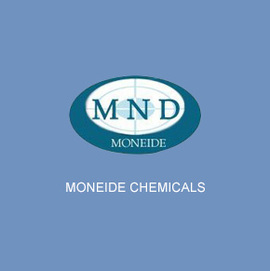
Application Scenarios and Target Industries
Technical Advantages and Vendor Comparison
Vendor Comparison: Key Criteria for B2B Buyers
Criterion
MoneideChem's Offering (Example)
Generic Vendor Offering
Purity Assurance
≥99.5% by HPLC, fully traceable COA, low impurity profile.
Typically ≥98% to ≥99%, COA availability may vary, higher impurity levels.
cGMP Compliance
Manufactured under strict cGMP guidelines, facility audited by major pharmaceutical clients.
May claim ISO 9001, but often lacks specific cGMP certification for drug intermediates.
Production Capacity
Multi-ton scale, flexible batch sizes, dedicated production lines.
Limited batch sizes, potential for production bottlenecks for large orders.
Technical Data & Support
Comprehensive technical data package, dedicated support team, synthesis optimization advice.
Basic data sheets, limited post-sale technical assistance.
Supply Chain Security
Established global logistics network, secure packaging, inventory management for consistent supply.
Potentially vulnerable to disruptions, less transparent logistics.
Customized Solutions and Application Case Studies
Customization Options:
Application Case Studies:
Ensuring Trustworthiness: Quality Assurance & Support
Quality Assurance and Certifications:
Lead Time and Fulfillment Details:
Warranty Commitments:
Customer Support Information:
Frequently Asked Questions (FAQ):
Conclusion
References





